Some of you here know I'm a big cooking fan (I've posted recipes and meals on another thread here) but an even bigger passion of mine are mushrooms.
Yes, I've been drawn to the "meat of the forest" since i was a kid.
I remember the days when me,my dad,my uncle and my granddad would go to mt.Plackovica and forage some great and delicious species,while at the same time my granddad picked some wild thyme for a great tea.
We would sometimes visit my aunt & uncle in Delcevo and visit mt.Golak too, some great mushrooms there as well.
Due to circumstances I haven't been to Plackovica or Golak for many years now, but I still forage some mushrooms in the nearby pine forest even though selection is limited.
I would like to share some info,images and perhaps recipes for those of you interested or simply curious about mushrooms in Macedonia.
The two most cultivated mushrooms in Macedonia are the Champignons or Button Mushroom (Agaricus bisporus,in Macedonia simply known as Шампињон) and the Oyster Mushroom (Pleurotus ostreatus, here known as Буковка).Both are very delicious and healthy.Another,but less cultivated than these two is the Japanese mushroom called Shitake (Шитаке).It is even more beneficial but very rare here (I personally haven't seen nor tried this kind yet here in MK), maybe one of the reasons is the higher production costs and therefore higher market price than the previous two.
Agaricus bisporus:

Pleurotus ostreatus:

Shitake mushrooms:
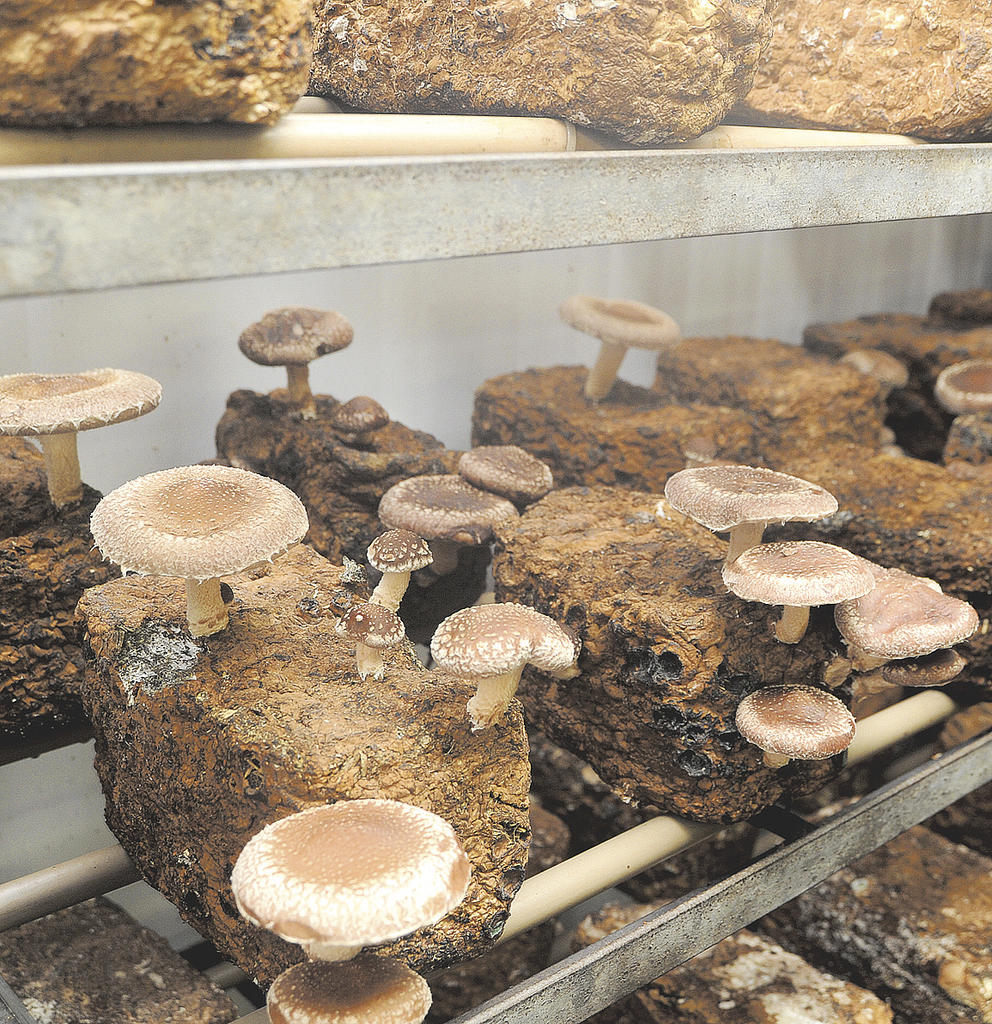
However,many mushrooms can't be cultivated and can only be found in forests,fields,hills,mountains,meadows etc.,one has to simply go out and look for them.
A great meal can be literally steps away from you.I will guide you step by step through varieties of mushrooms in Macedonia with each post.
Posts of fellow mushroom lovers are welcomed.
Yes, I've been drawn to the "meat of the forest" since i was a kid.
I remember the days when me,my dad,my uncle and my granddad would go to mt.Plackovica and forage some great and delicious species,while at the same time my granddad picked some wild thyme for a great tea.
We would sometimes visit my aunt & uncle in Delcevo and visit mt.Golak too, some great mushrooms there as well.
Due to circumstances I haven't been to Plackovica or Golak for many years now, but I still forage some mushrooms in the nearby pine forest even though selection is limited.
I would like to share some info,images and perhaps recipes for those of you interested or simply curious about mushrooms in Macedonia.
The two most cultivated mushrooms in Macedonia are the Champignons or Button Mushroom (Agaricus bisporus,in Macedonia simply known as Шампињон) and the Oyster Mushroom (Pleurotus ostreatus, here known as Буковка).Both are very delicious and healthy.Another,but less cultivated than these two is the Japanese mushroom called Shitake (Шитаке).It is even more beneficial but very rare here (I personally haven't seen nor tried this kind yet here in MK), maybe one of the reasons is the higher production costs and therefore higher market price than the previous two.
Agaricus bisporus:

Pleurotus ostreatus:

Shitake mushrooms:

However,many mushrooms can't be cultivated and can only be found in forests,fields,hills,mountains,meadows etc.,one has to simply go out and look for them.
A great meal can be literally steps away from you.I will guide you step by step through varieties of mushrooms in Macedonia with each post.
Posts of fellow mushroom lovers are welcomed.






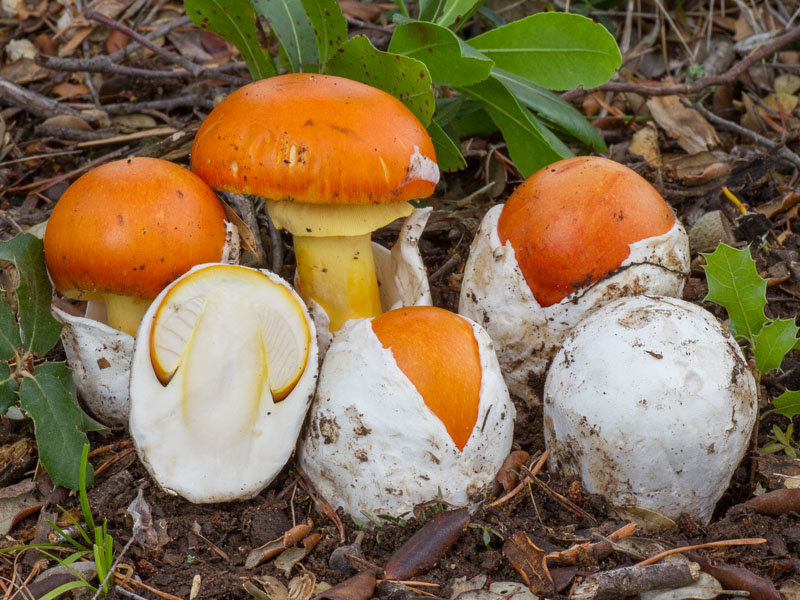

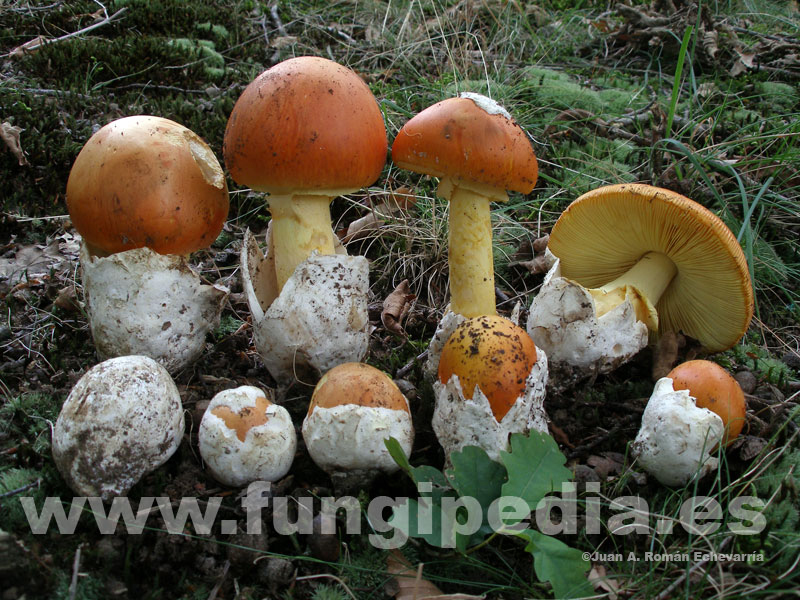




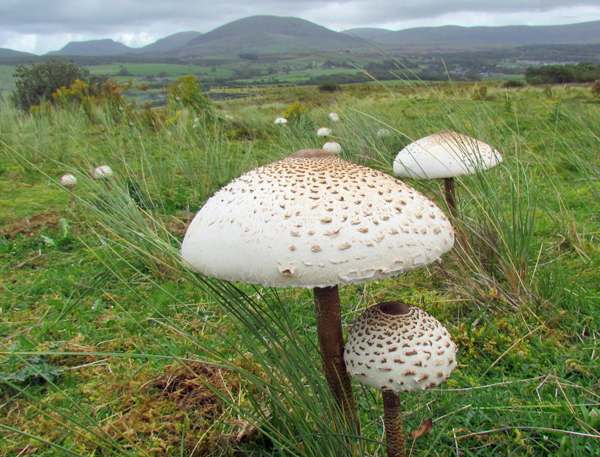
BC.jpg)










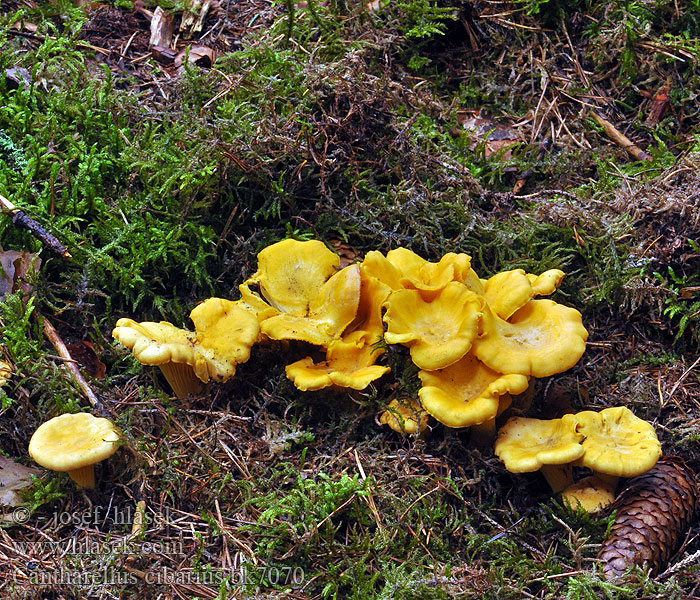





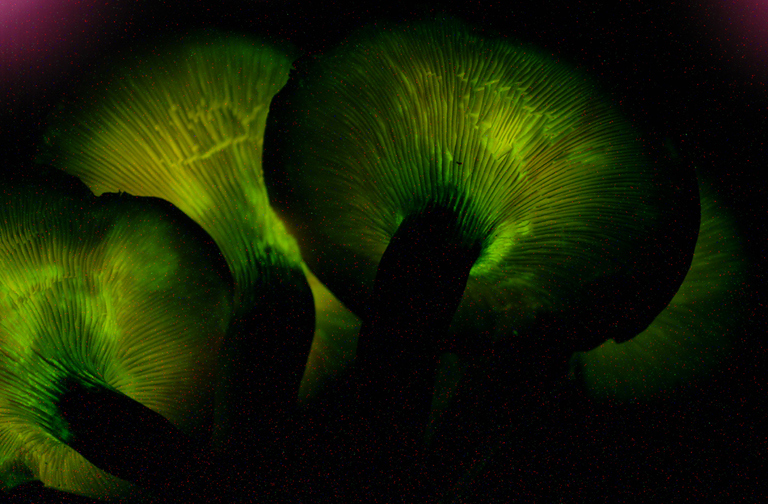







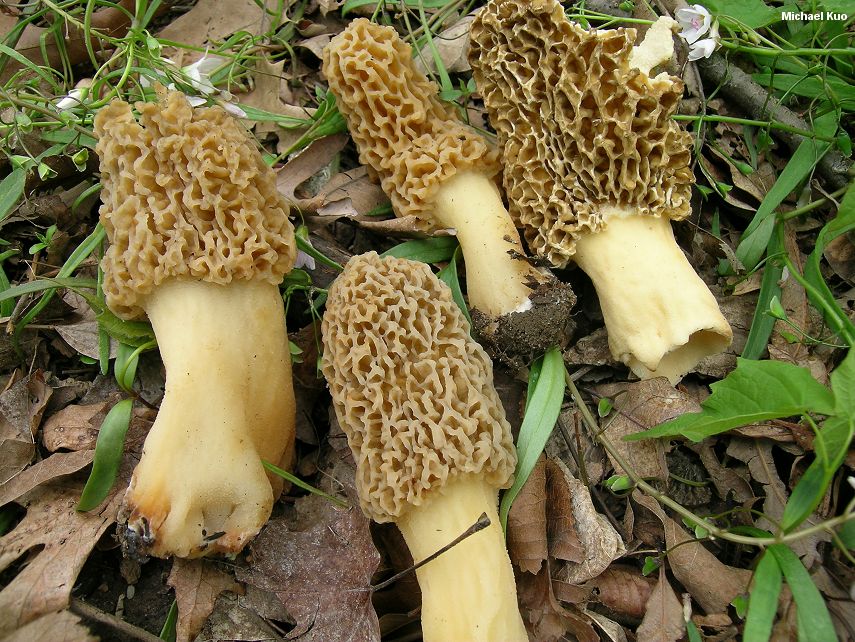
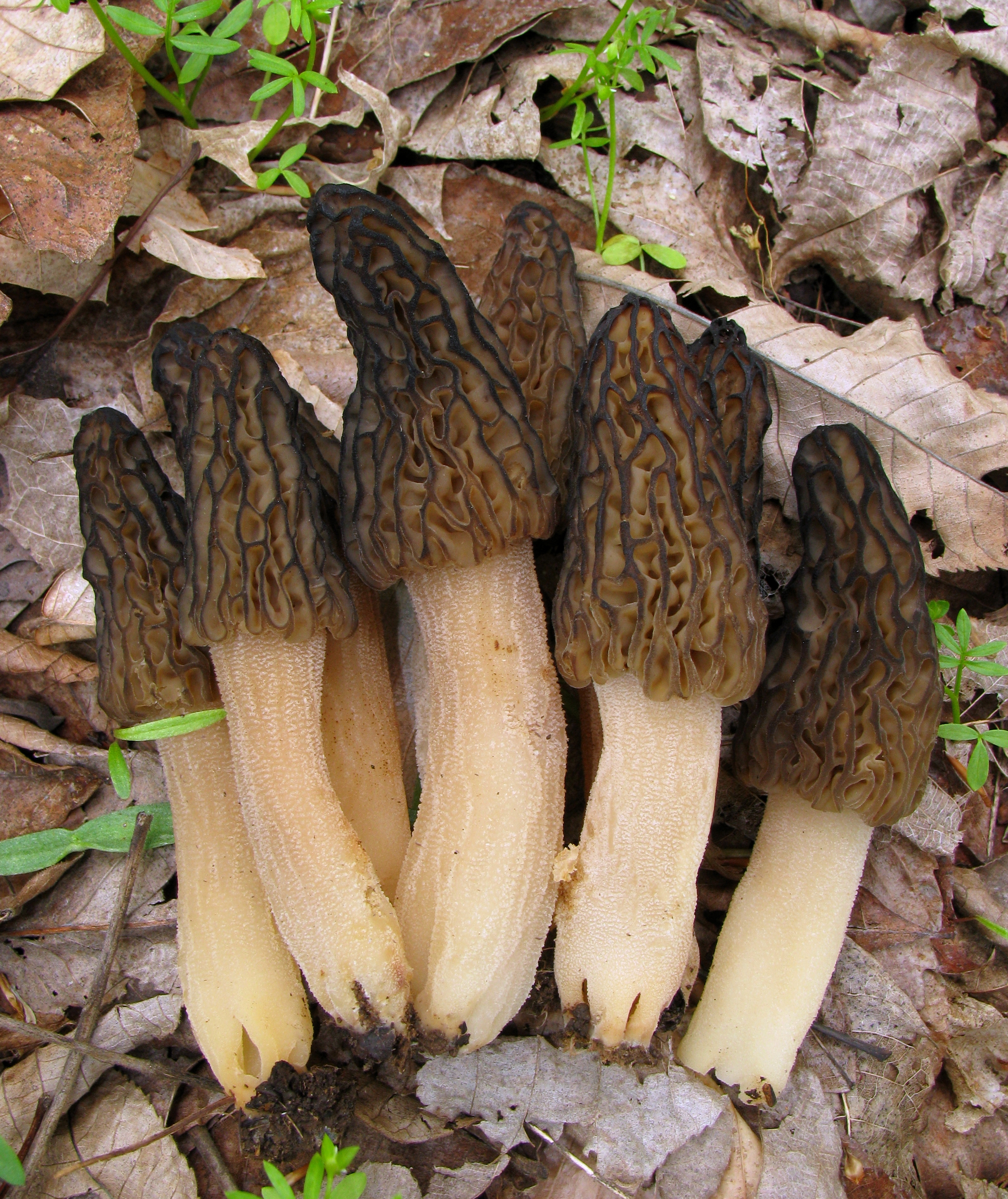
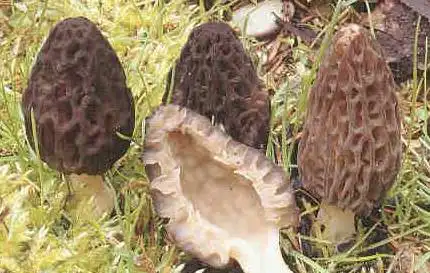
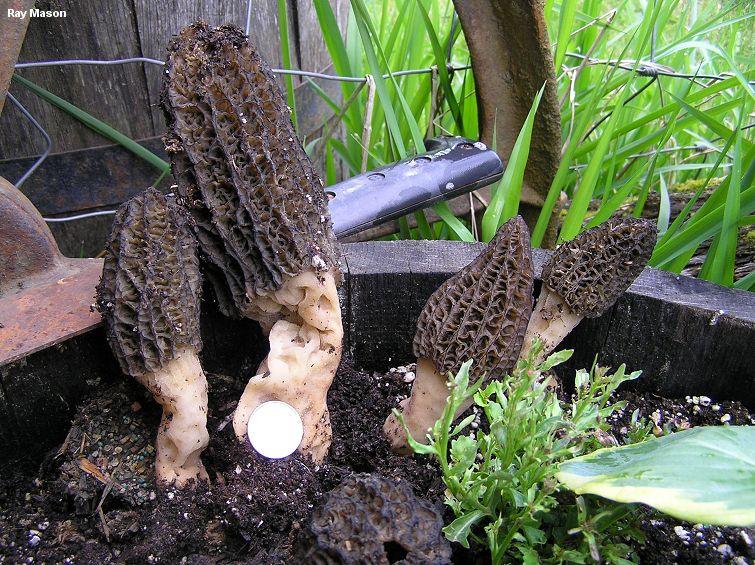


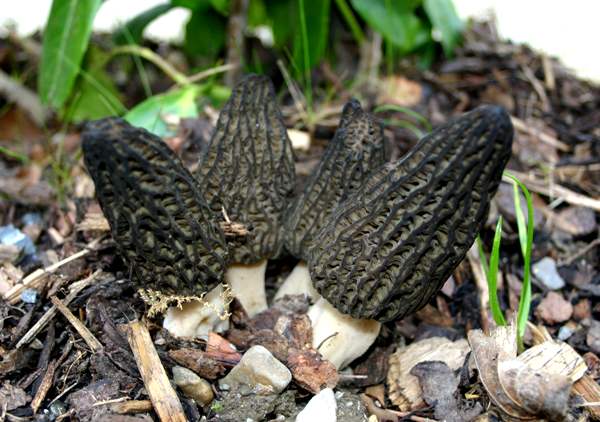
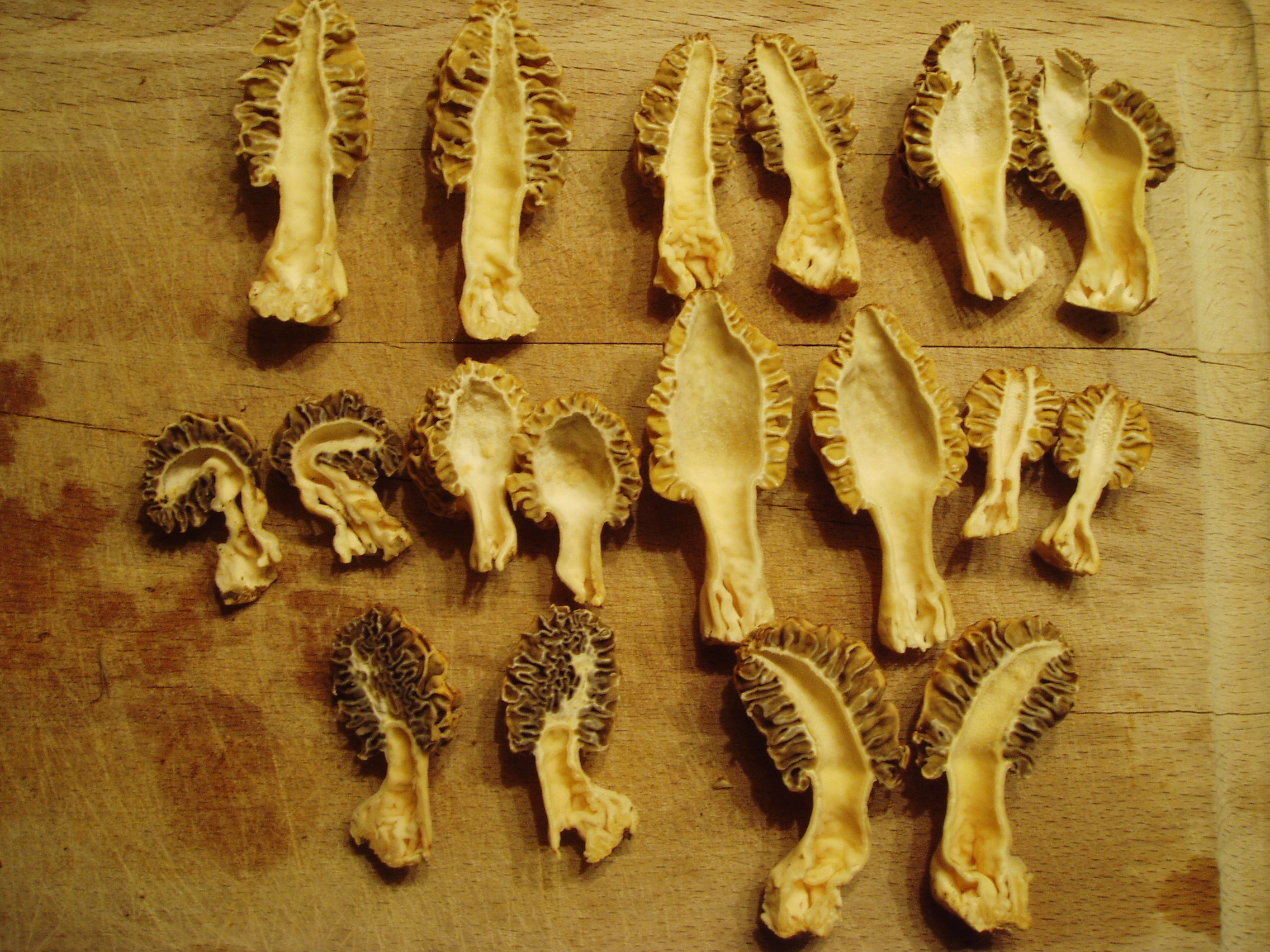







 .
. .
.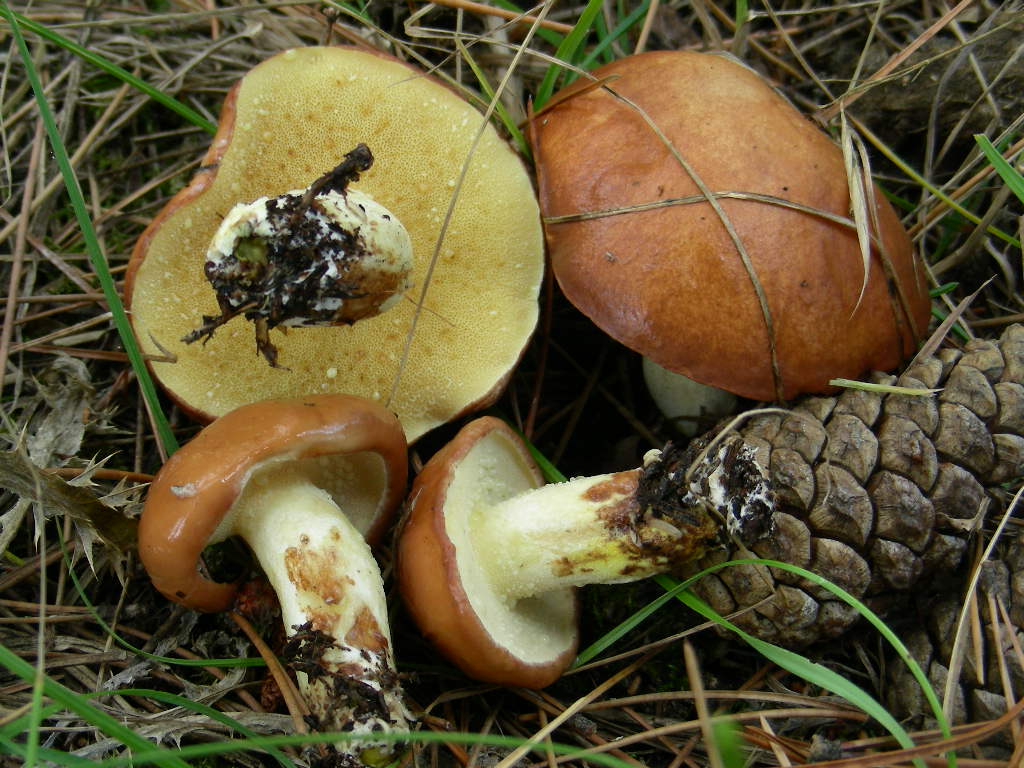





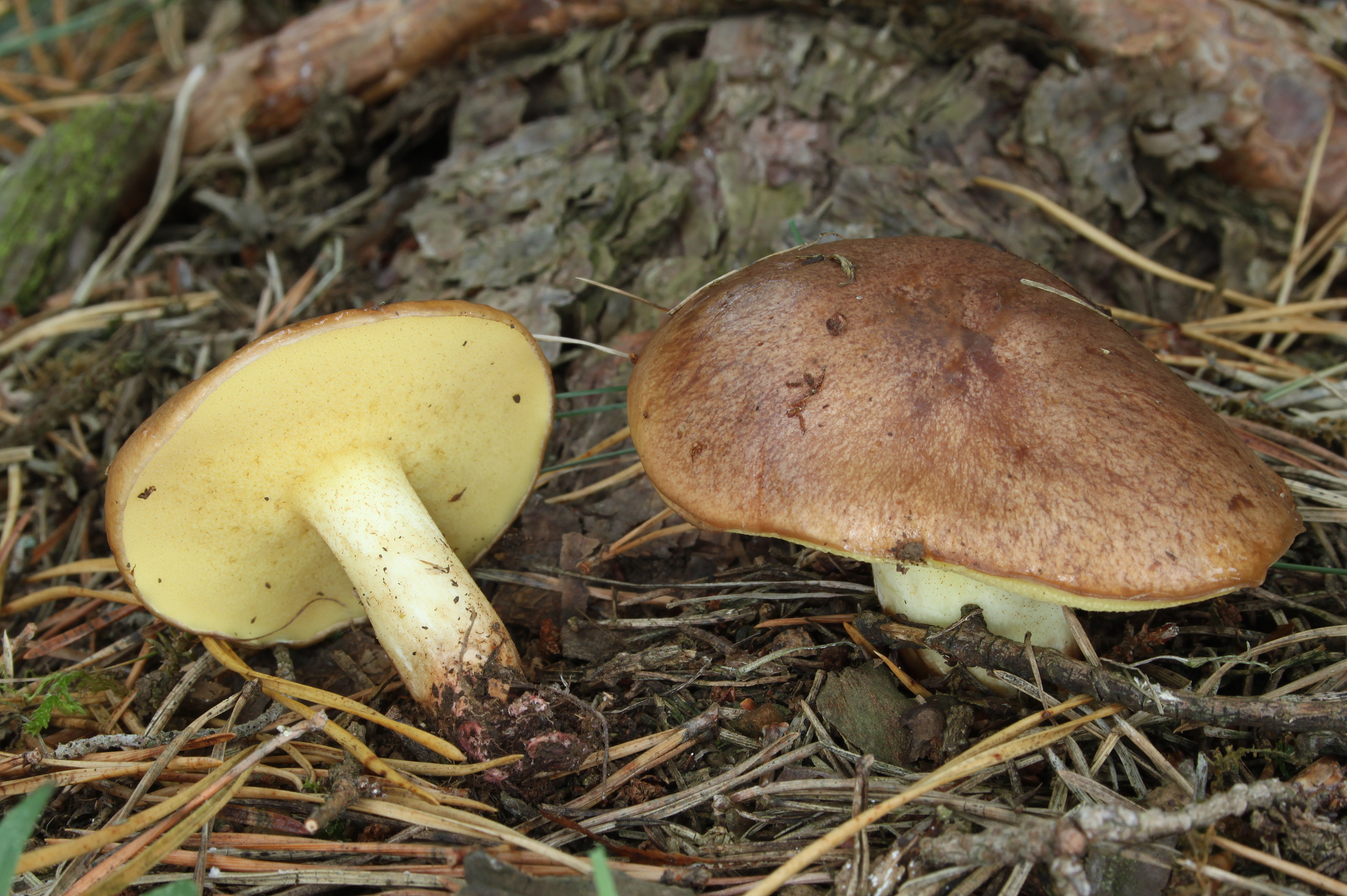





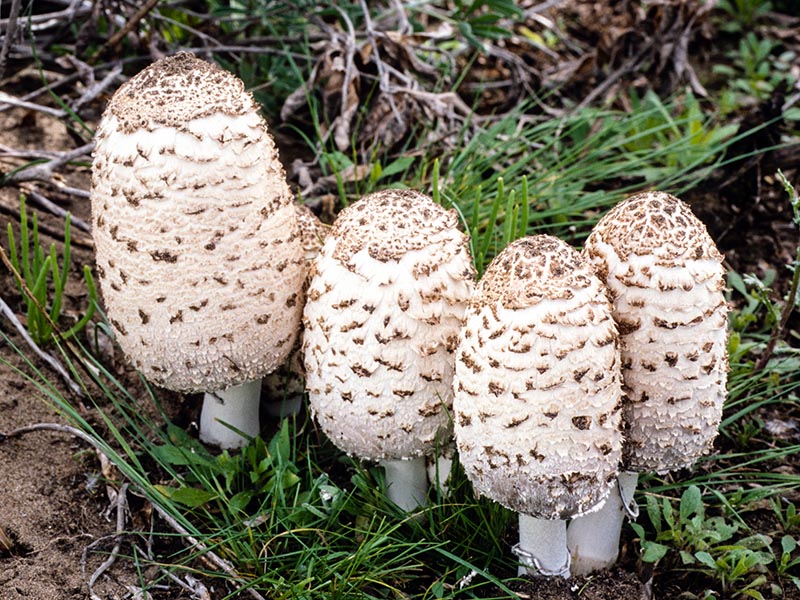



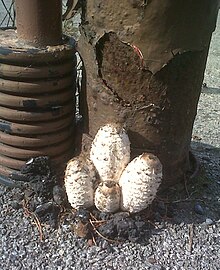
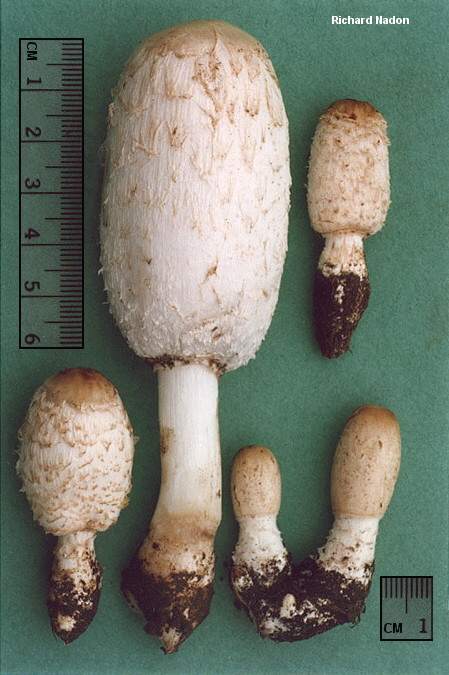
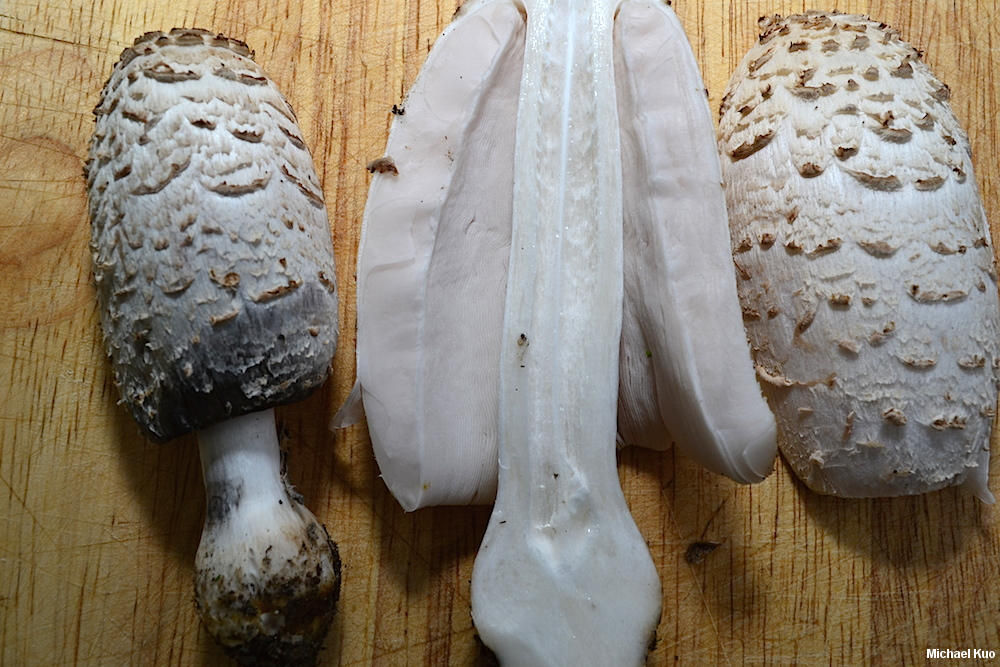
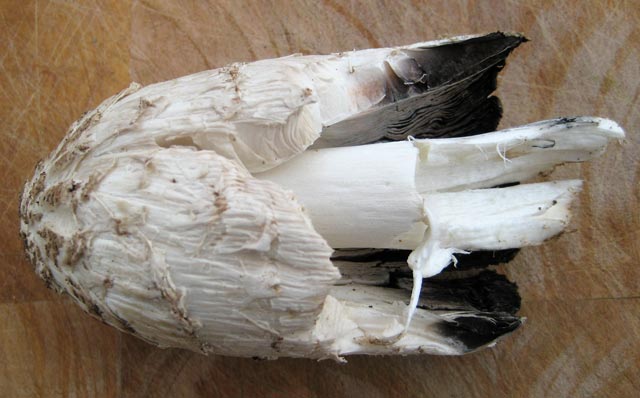


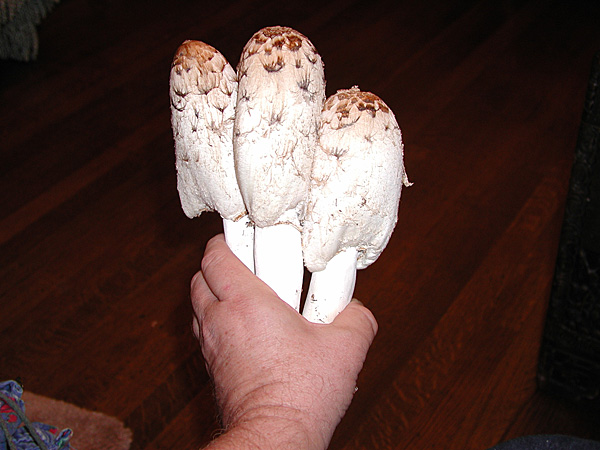

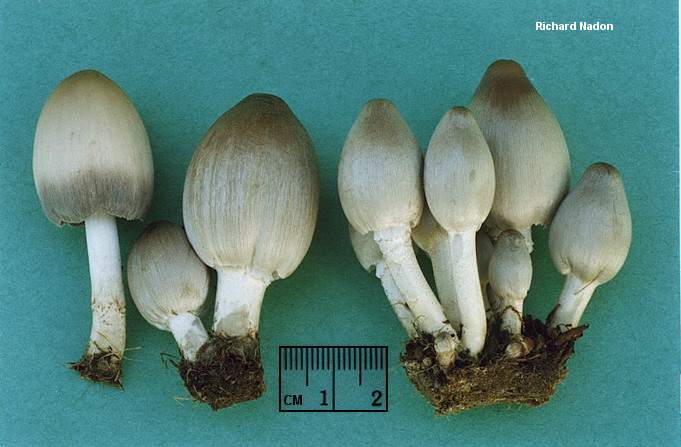





Comment